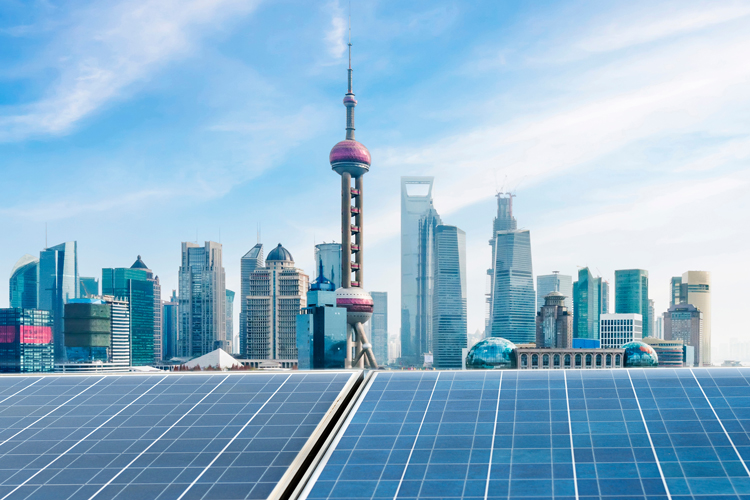
China’s 2060 Carbon Neutrality Goal: An Unrealistic Dream?
Archie O’Shaughnessy | January 19, 2025
In 2020 Chinese president Xi Jing Ping pledged that China would reach carbon neutrality by 2060. This announcement also included the pledge that China’s peak CO2 emissions would be reached in 2030. How is it even remotely feasible that the country which currently emits more CO2 than the next three countries combined can spend five more years increasing emissions… and then in just 30 years get to net zero?
One answer is that it’s not as clear-cut as it seems, given that China alone produces around 35% of the world’s renewable energy. That’s more than any region and three times that of the second-place European Union (EU). So, is China’s 2060 carbon neutrality pledge as unrealistic as it sounds? I thought I’d try to find out.
A Green Energy Titan
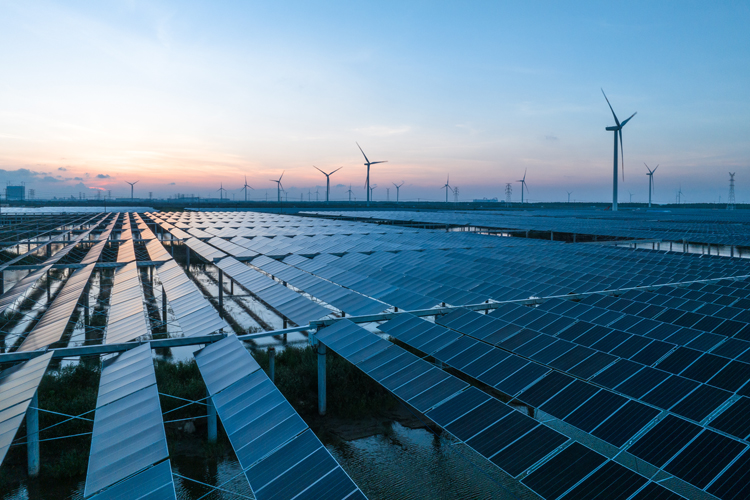
First, it’s important to keep in mind that China’s green revolution was sparked by heavy environmental and air pollution throughout the 20th century. Since the early 2000s China has been investing huge sums of money and labor into the construction of renewable energy projects, especially solar and wind. That has helped lead to a significant increase in their total energy production. This rapid expansion is clearly shown in the graph below, representing just how quickly China has outperformed both the USA and EU, a trend which is expected to continue.
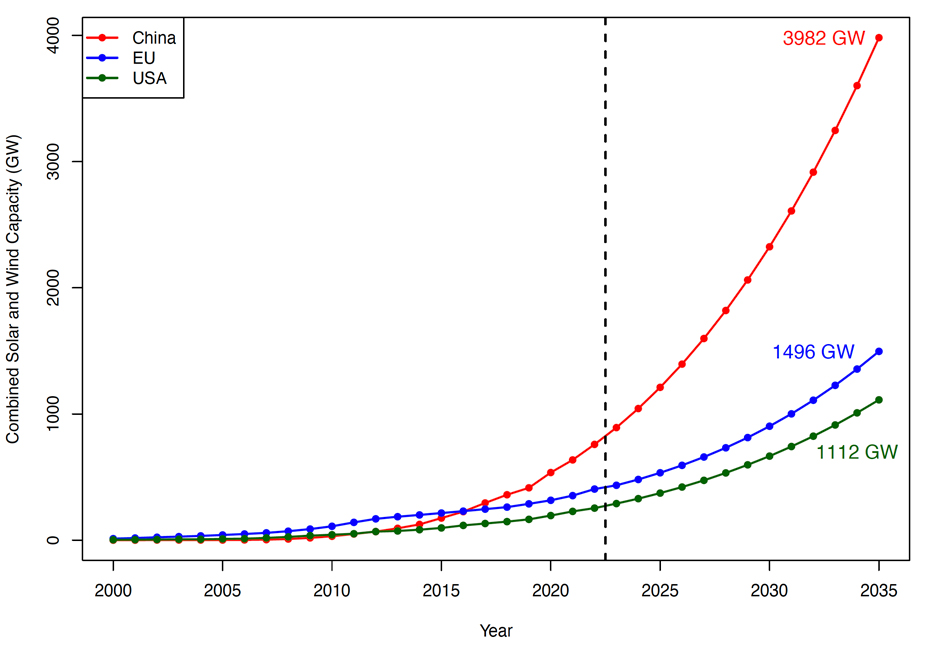
China besting both the EU and USA’s solar, wind and hydro achievements in just 20 years is an impressive feat. Part of this success is due to its record-breaking power plants. In June 2024 the Xinjiang solar farm went online, the largest in world—a record China took from themselves, leaving them with the top two solar plants in the world.
It is thus of little surprise that the title for largest wind farm also goes to China. The Gansu Wind Farm Project (a group of wind farms in the Gobi Desert) is thought to be capable of producing 20 gigawatts (GW)—enough to power roughly six million US homes. As well as wind and solar, the largest hydroelectric facility is also located in China. In 2020, the Three Gorges Dam across the Yangtze River produced 111 terrawatt hours (TWh) of electricity, setting a new world record for annual power generation volume.
It would seem, therefore, that China has the infrastructure capabilities to make serious headway towards its goals, but how have they achieved this rapid development?
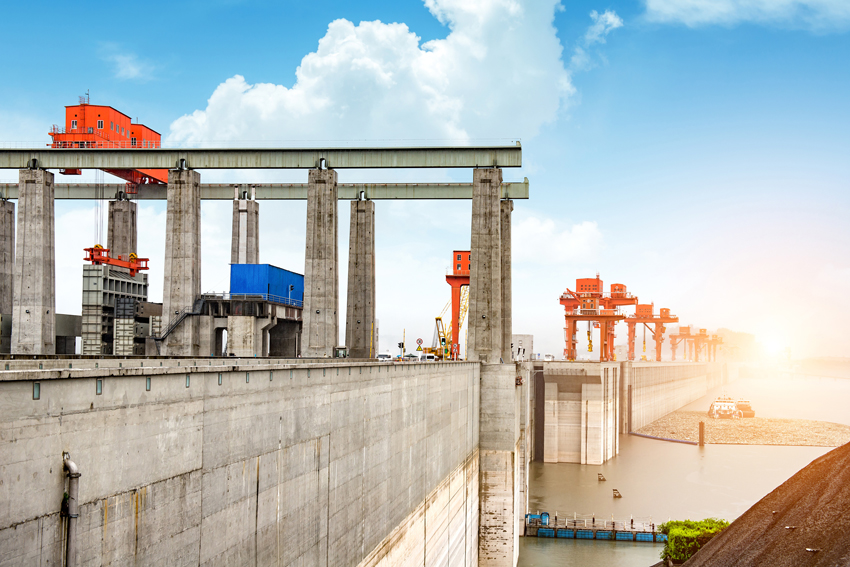
Mobilizing China’s Vast Workforce
China’s enormous labor force is key to the rapid and successful construction of these megafacilities. The country’s top engineers used to be drawn predominantly from Chinese students returning from studies abroad. However, China has recently become an attractive option for foreign engineers too—adding to their talent pool.
As well benefiting from an abundant supply of manpower, a key element to China’s success in completing these megaprojects is the way it approaches project planning. Often only around 30% of the planning is completed before building begins. This allows construction to start promptly and for design teams and engineers to resolve issues and technicalities along the way. The rest of the world witnessed this strategy during the start of the COVID-19 pandemic, when the Chinese government built multiple large hospitals in just a matter of days.
Other Reasons for China to Pursue Renewables
China’s green revolution hasn’t just been about cleaning up its act. The country’s energy demands are tremendous, which means that any new sources of power that can be developed, will be. Because of China’s famously fast-growing population towards the end of the 20th century, the government had to provide housing, food and energy for 1.4 billion people in 2022. As an aspiring global military and economic superpower, which also intends to lead the world in AI development (another hugely energy-intensive undertaking), they must be able to support themselves.
Why is China Such a Huge Polluter, Still?
China has both the incentive and capability to generate more renewable energy than any other country. Why, then, does it still produce the highest CO2 emissions?
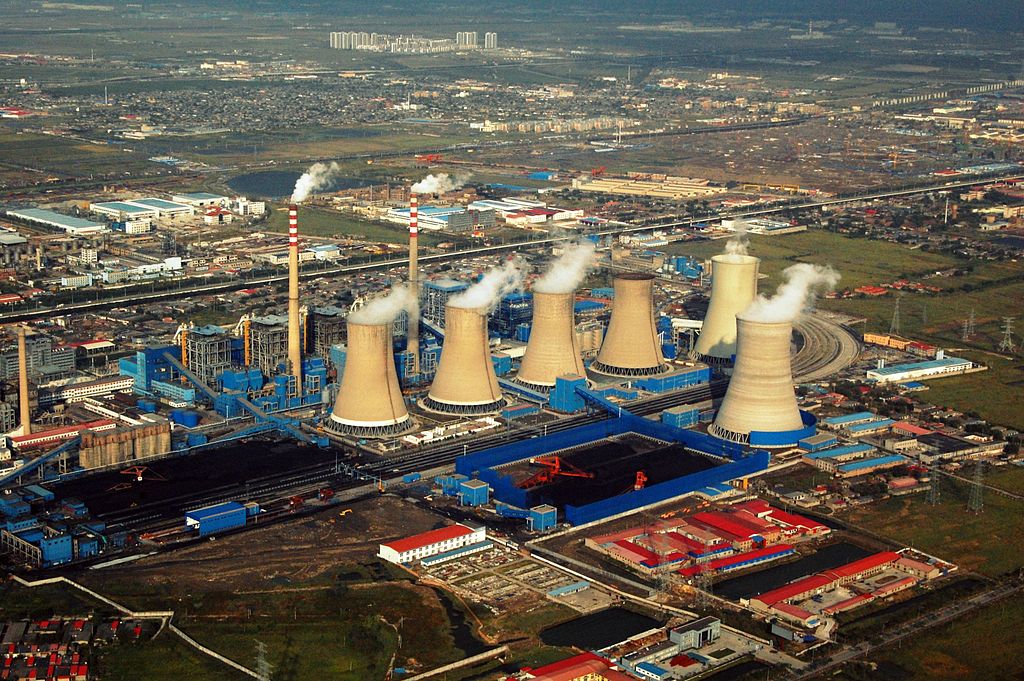
According to the International Energy Agency, as of 2022, despite holding multiple records for the largest renewable facilities in the world, 62% of China’s power is still derived from coal. Of the top ten largest coal power plants still in service in the world, six are in China. The West is aiming to phase coal out as a fuel source since it is generally regarded as the most polluting fossil fuel. However, Germany and the USA are still in the top five users. This seems contradictory until we understand that the USA, the third-highest coal-burning country in the world, only consumes 16% of what China consumes annually.
It is clear that economic growth is a top priority for the Chinese government. The country’s manufacturing industry serves markets worldwide, and as long as coal remains the cheapest and most reliable local energy source, a further two coal power plants will be approved each week. But this isn’t to say that China is not trying to hit the 2060 target. In fact, we can argue they’re using every opportunity, even small ones, to do so. In rural desert areas, power companies are renting roof space from local residents to place solar panels linked to the grid. The locals get an income and free use of this electricity. All new builds must have solar facilities and cannot release more than 7kg/m2 of carbon—40% lower than 2016 guidelines.
Given that China doesn’t expect to hit peak carbon emissions for another five years whilst also striving to remain the world’s manufacturing hub and to assert global dominance in other categories, it’s doubtful they’ll hit their 2060 goal in time. Other observers seem to concur on this assessment, as this Guardian article lays out. But if the last couple of decades of progress are anything to go by, then it can’t be ruled out just yet.
Meanwhile, human-driven climate change is having serious detrimental effects on our planet. As the world’s largest polluter, China’s success in reaching its net-zero goal is crucial for global climate efforts. As well as improving environmental factors for billions of people, it could influence and accelerate renewable energy policies globally. We can be sure that China’s trajectory will have a lasting impact on our collective future—and the world will be watching closely.
Archie O’Shaughnessy holds a degree in marine biology and has worked with various endangered species around the world. He is also involved with Hoopoe Share Literacy Fund (HSLF), which is dedicated to translating and distributing his grandfather’s children’s books to kids around the world living in difficult situations.
Recent Field Notes
- When Numbers Trick the Mind
- Community Health Workers: Bridging the Gap in Underserved Communities
- Building a More Playful World
- Bird Flu: Another Pandemic in the Making?
- Perception of Colors—and the Words We Use to Describe Them
- China's 2060 Carbon Neutrality Goal: An Unrealistic Dream?
- Tropical Cyclones in a Warming World

